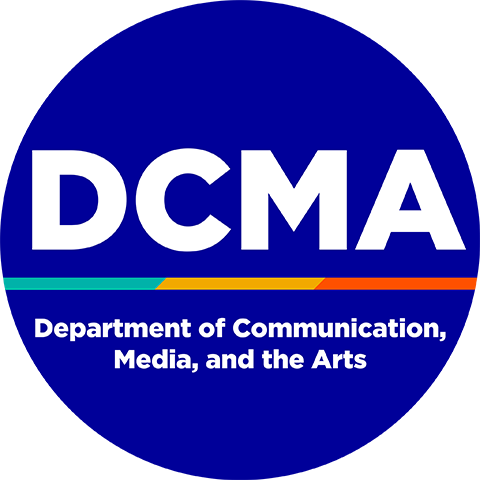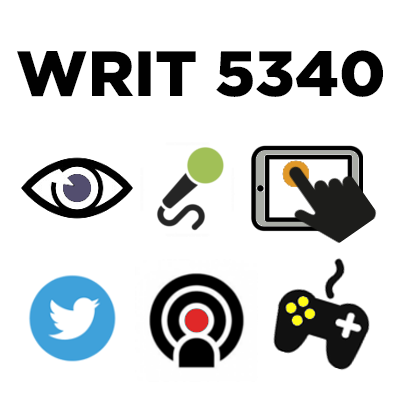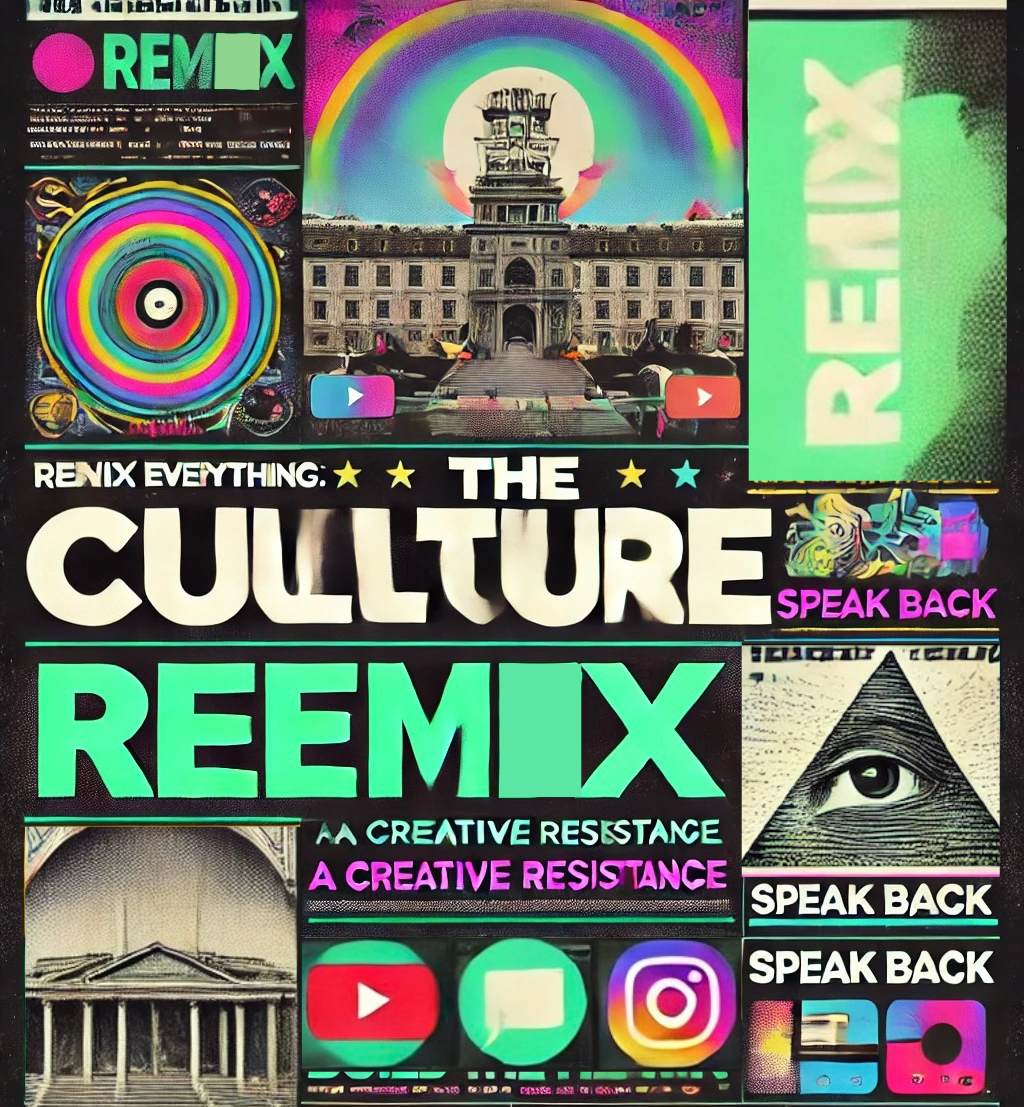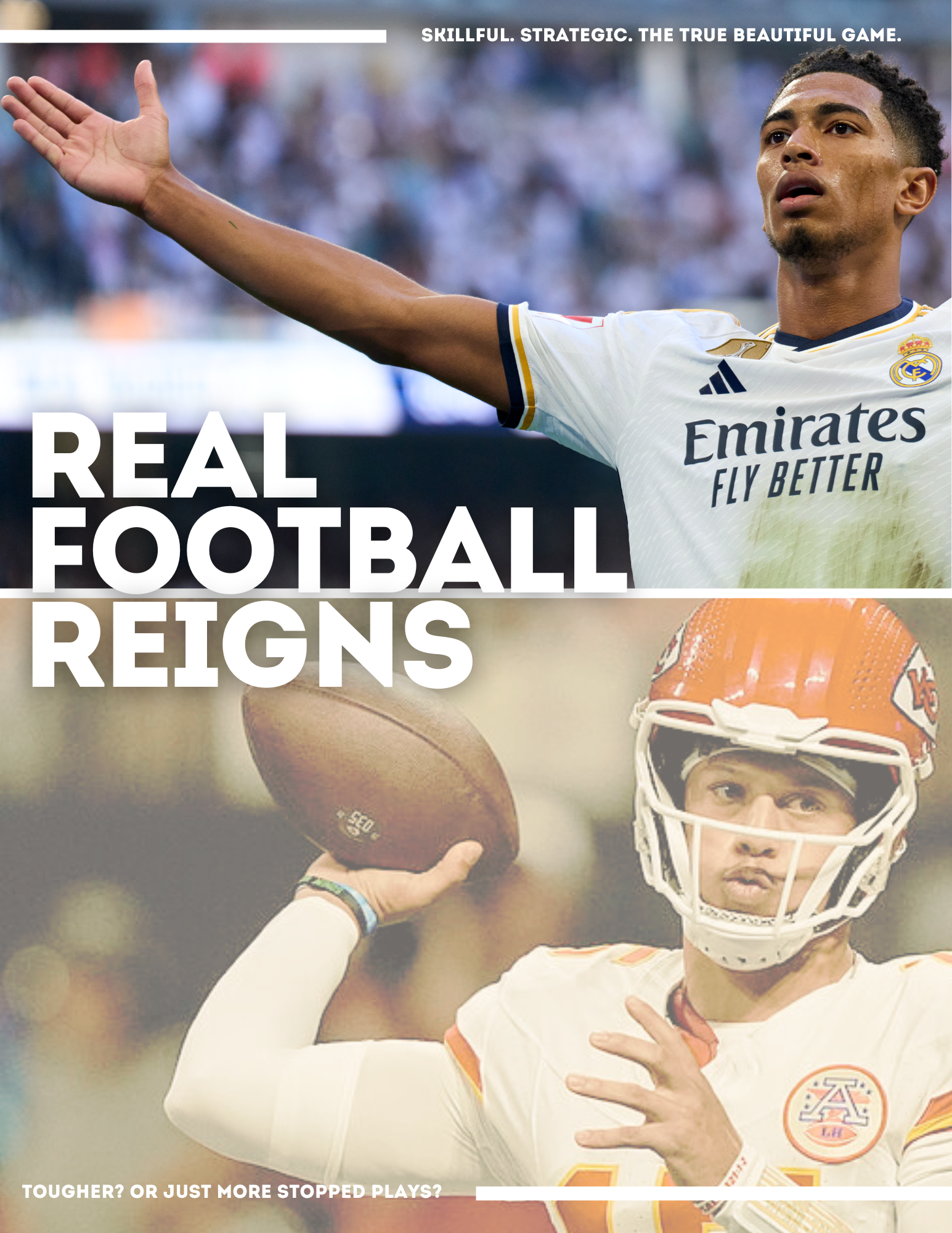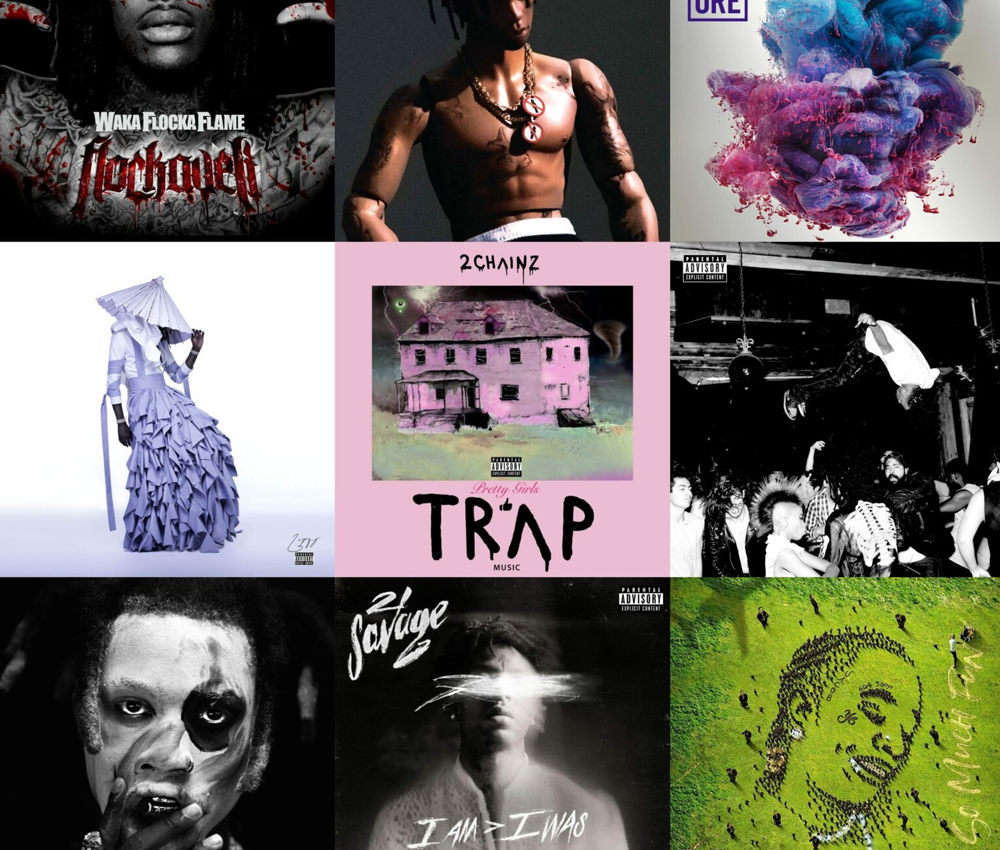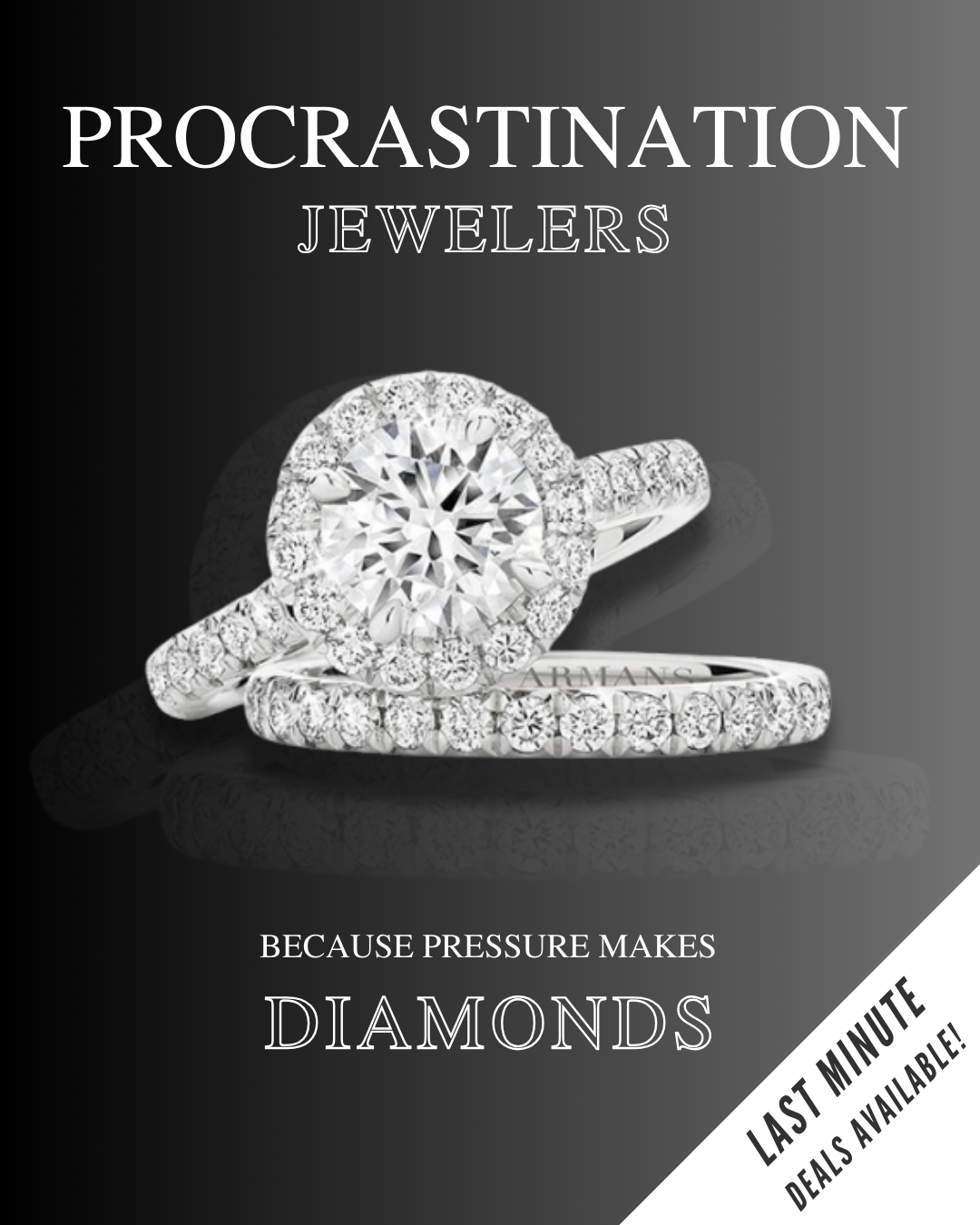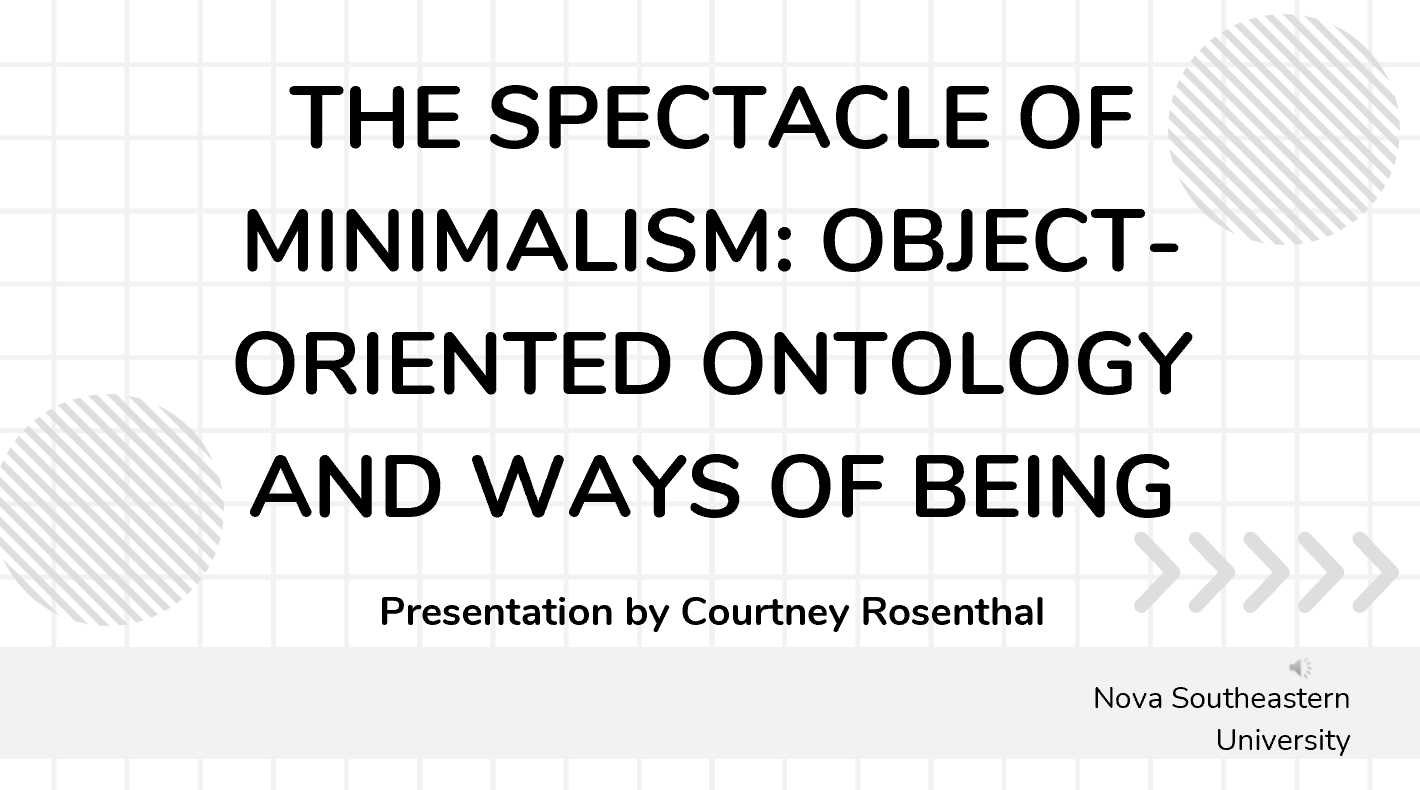
- Maker: Courtney Rosenthal
- Genre: Composing with Sound
- Level: Graduate
- Program: Composition, Rhetoric, and Digital Media
- Course: WRIT 5340: Studies in Multimodality and Digital Media
- Instructor: Dr. Eric Mason
- Semester Created: Winter 2023
When I was asked to give a lecture for the Halmos College of Arts and Sciences, I knew it would be perfect grounds to merge with the audio project. I wanted to garner a deeper understanding of audio as a medium and explore how “sound is essential for possessing strong communication abilities” and that “composing with sound brings awareness to aurality as rhetorical” (Rodrigue et al). The texts we read for class showcased the use of pathos through sound narratives and focused a lot on the value of storytelling. Lectures, as a genre of sorts, typically aren’t infused with these qualities and tend to be rather sterile. I hoped that I could break through this sterility in carrying a narrative throughout – with a focus on pacing, delivery, vocal cadence, and the supplement of visuality to transmute the complex theory of Object-Oriented Ontology. I had previously written a short essay on Object-Oriented Ontology and minimalism, and I actually prefer my oral delivery of it. I believe it gives the project more depth and somehow explores its application better, which surprised me. In my lecture, you will find an overview of the minimalist lifestyle, with visualizations of what it looks like in its various forms, and how it is conceptualized by its main advocates. Further, I will describe our interconnected way of being, philosophical means of explaining this interconnectivity, and apply Graham Harman’s Quadruple Object schema to object relationality. I tie this back to minimalism and anti-consumerism at the end of the lecture and propose that minimalist perhaps have a refined understanding of the assemblages in their lives, as well as the objects given sensuality.
The process of writing up the script for the lecture made me keenly aware of the difference between composing with the intention of sonic delivery vs composing with the intention of written delivery, I think perhaps this was my biggest takeaway from the project as a whole. This brought me back to Selfe’s piece we read for class, in which she quoted Peter Elbow who states, “most of us are unconscious of how deeply our cultures version of literacy has involved as decision to keep voice out of writing, to maximize the difference between speaking and writing-to prevent writers from even using those few crude markers that could capture more of the subtle and not so subtle semiotics of speech” (qtd. in Selfe 630). It rang even more true in my actual process of constructing the text, I was able to allow my own voice to shine through, taking on a more relaxed, or less formal, tone that I would not do in print. I would even stop myself throughout the process of writing and then practice chunks of it vocally to examine how the pacing felt and if my word choice was accessible. It required a lot of revision throughout the entirety of the process. My script itself looks nothing like a traditional essay – it contains pauses indicated by ellipses, slide switch indicators, and a lot parenthesis to remind myself what words to emphasize in the vocal delivery. I recorded the audio project itself before giving the virtual lecture. It acted like a sort of practice, which reminded me just how difficult oratory forms of communication can be. They require an extensive amount of practice to get “right.” Emphasis on a certain word can change the entire meaning of the sentence and its message. I cannot count how many times I re-recorded it and practiced delivering it before I felt comfortable with the finished project. I included both forms of the lecture here – my candid version and the practiced version that I created for this class. I think the difference between the two is notable; the project I crafted for this class being much more refined, I sound more comfortable navigating my way through the explanation of the theory and my application of it. I leave this audio project much more comfortable with delivering information aurally.
Works Cited
Selfe, Cynthia L. “The Movement of Air, the Breath of Meaning: Aurality and Multimodal Composing.” College Composition and Communication, vol. 60, no. 4, 2009, pp. 616–63. JSTOR, http://www.jstor.org/stable/40593423. Accessed 26 Apr. 2023.
Rodrigue, Tanya K. “Navigating the Soundscape, Composing with Audio.” Kairos, Kairos: A Journal of Rhetoric, Technology, and Pedagogy, 15 Aug. 2016, https://kairos.technorhetoric.net/21.1/praxis/rodrigue/index.html.
